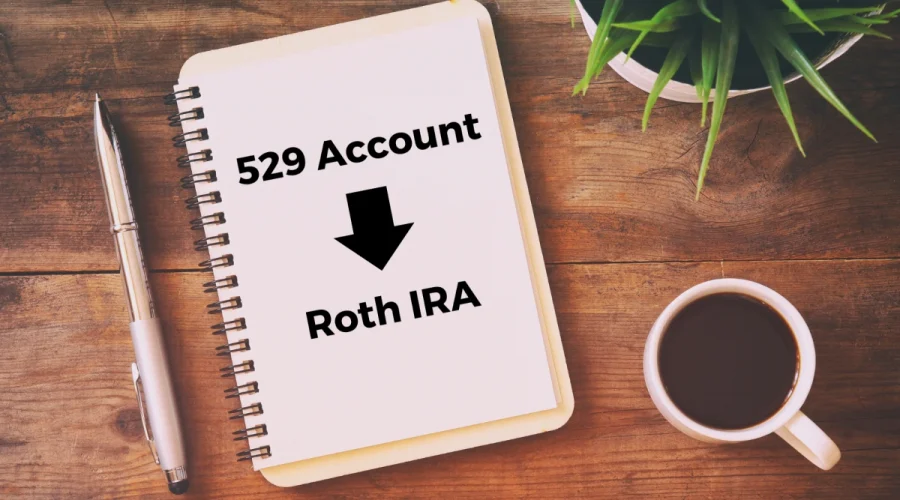As part of the SECURE 2.0 Act, owners of 529 plan accounts can now make tax- and penalty-free rollovers to a beneficiary-owned Roth IRA retirement plan account. This change provides more flexibility to families who worry about having unused or leftover funds in their 529 plans.
Before the SECURE 2.0 Act, if 529 plan account owners or beneficiaries withdrew funds for nonqualified education expenses, the earnings portion was subject to income tax and a 10% federal tax penalty. Now, with this new rule, tax-free and penalty-free rollovers to Roth IRAs are possible.
While this new rule provides greater flexibility for 529 account owners, there are some limitations that come with it – which include an annual contribution limit and a lifetime contribution limit.
The annual contribution limit states that the amount rolled over from a 529 plan to a Roth IRA is subject to the IRS’s annual Roth IRA contribution limits. For 2025, the limit is $7,000 ($8,000 for those aged 50 or older). Additionally, beneficiaries must have earned income equal to or exceeding the amount transferred each year.
The lifetime contribution limit caps the total amount allowed to be rolled over from a 529 to a Roth IRA at $35,000 per beneficiary. You cannot transfer the entire amount at once but can do so gradually up to the annual limit each year.
In order to be eligible for a rollover from 529 funds to a Roth IRA, you must meet certain criteria. First, the 529 plan must have existed for at least 15 years. Keep in mind that changing beneficiaries on a 529 account will likely restart the 15-year clock – although this area of the rules is a little grey. Secondly, contributions or earnings made in the last five years cannot be rolled over. Thus, money that is rolled over has to have been in the account for at least 5 years, and the amount cannot exceed your balance from 5 years prior.
One thing to note is that, while normal Roth IRA contributions are subject to income limits, these rollovers are not. This allows higher-income individuals to contribute to a Roth IRA by rolling over unused 529 funds even though they might be ineligible to contribute directly to a Roth IRA.
This new rule allows for these types of rollover to be tax-free on a Federal Income Tax level, but state-level tax treatment of these rollovers is unclear. Some states may not recognize them as qualified expenses for state income tax purposes. If you have a question regarding your state’s specific rules surrounding these rollovers, make sure to consult an advisor for help.
The actual mechanics of how to rollover money from a 529 to Roth IRA is quite simple. First, you will need to open a Roth IRA Account for the 529 beneficiary (if the beneficiary doesn’t already have one). It’s important to note that the Roth IRA must be in the name of the beneficiary listed on the 529 account. Next, you will need to initiate a Trustee-to-Trustee Rollover. The transfer must be conducted directly from the 529 plan to the Roth IRA by the plan administrators to qualify as tax-free. Attempting to withdraw the amount first and then contribute it to the Roth IRA will trigger taxes and penalties.
When a qualified rollover is completed, you will need to report the amount on that respective year’s tax return. You will report the rollover amount in Box 10 (Roth IRA Contributions) of Form 5498, not Box 2 (Rollover Contributions).
This new rule provides some much-needed flexibility for families investing in 529 plans. While rules and limitations apply, this change is a positive step towards encouraging families to save for education without the fear of wasted funds if college plans change.
If you would like to learn more about how you can take advantage of this new rollover opportunity, please reach out to your financial advisor.
